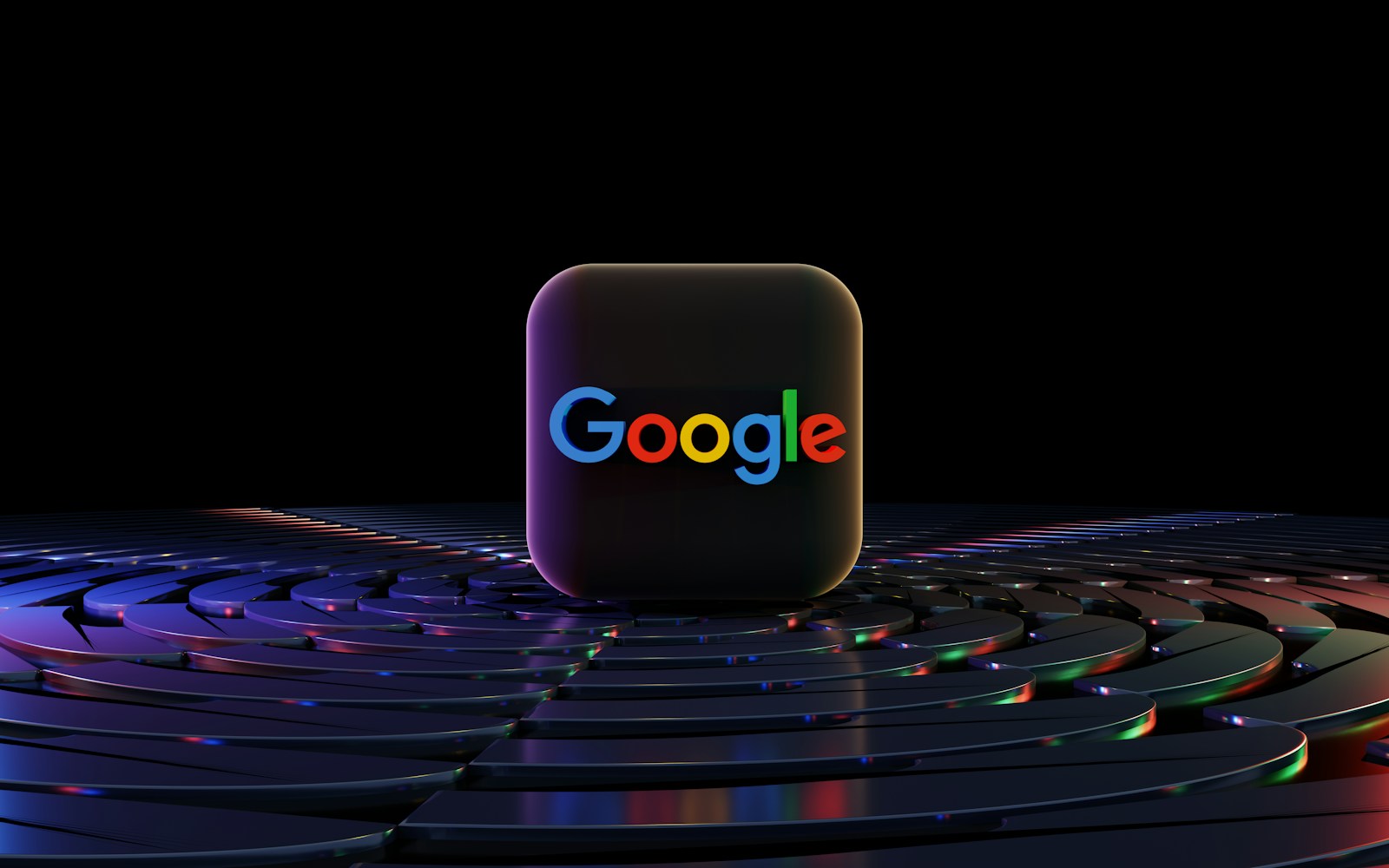Key takeaways
- Google cut more than 100 jobs in its cloud computing division.
- The layoffs targeted design and user experience roles.
- The move aims to boost AI infrastructure investments.
- Critics warn this may hurt user-focused innovation.
- This change reflects broader tech trends favoring AI efficiency.
Google cloud layoffs shake up tech teams
Google has laid off over 100 employees in its cloud division. Most affected were design and UX staff. Instead, the company will pour resources into AI systems. This change shows how fierce competition can reshape big tech. It also raises questions about the future of user-focused work.
What led to the cutbacks
In recent years, cloud services grew in demand. However, margins stayed under pressure. Rivals like Amazon and Microsoft constantly launch new features. As a result, Google feels it must adapt quickly. The company said it needs more engineers, not designers, to scale AI tools. Moreover, rising operational costs forced tough choices.
Shift toward AI infrastructure
AI now drives most tech investments. For example, Google invests heavily in large language models. These systems need powerful servers and specialized chips. Therefore, the company moves talent toward AI projects. Meanwhile, areas like UX design get fewer resources. As a result, roles in cloud design face cuts.
How Google cloud layoffs redirect resources to AI
By cutting about a hundred jobs, Google frees budget for AI infrastructure. The money will fund data centers and AI research labs. This shift could speed up new product development. In turn, Google hopes to stay ahead of rivals. At the same time, design teams shrink and streamline. Thus, decision makers see a leaner structure.
Impact on design and UX roles
Designers and UX experts bring user insights to products. They test interfaces and gather feedback. Now, fewer designers may slow down new cloud features. Consequently, users might face confusing interfaces. In fact, some critics argue that tech feels less human. They warn that efficiency alone can’t replace good design.
Critics warn about user-focused work
Tech watchers worry that too much focus on AI hurts users. They say design and UX guide user satisfaction. If these grow thin, product quality may suffer. Instead of visual polish, products risk becoming clunky. Moreover, teams lose creativity. In turn, customer loyalty could erode over time.
How broader tech trends play a role
Big tech now chases faster AI advances. Google cloud layoffs mirror moves by other firms. For instance, some startups shifted headcount toward data science. In fact, the industry often favors engineers over designers. However, a balance between tech and design proves vital. Good products need both brains and beauty.
What this means for Google cloud customers
Users may see faster rollout of AI-powered features. Cloud tools could gain smart automation and analytics. Yet, user interfaces might feel less intuitive. New AI functions may demand steeper learning curves. Meanwhile, support teams may stretch thin. Customers should prepare for changes in service style.
What this means for Google employees
Cloud engineers may feel more valued and busy. They’ll tackle AI model training and deployment. Designers will face fewer teammates and less influence. Some may move to other divisions or companies. Others might retrain as AI operations specialists. Overall, the workplace balance will shift.
Looking ahead: balancing AI and design
Google needs to keep users happy to stay successful. Therefore, the company may hire designers again later. Alternatively, design freelancers could fill gaps. In addition, tools that automate design tasks might emerge. However, human insight remains hard to replace. Thus, Google must find a new equilibrium.
Conclusion
The Google cloud layoffs reveal a clear shift in tech priorities. AI infrastructure takes center stage, often at the expense of design teams. While this may speed up innovation, it also risks user experience. Moving forward, Google must balance efficiency with human focus. Only then can it keep customers satisfied and stay competitive.
Frequently Asked Questions
Why did Google focus on AI after cutting design roles?
Google sees AI as a competitive edge. It believes AI systems need more engineers and servers. By reducing design costs, it can invest in data centers and research. The goal is to accelerate AI innovation and stay ahead of rivals.
Will Google hire more designers later?
It’s possible. As AI tools reach users, Google may need design experts again. Good user interfaces will remain key for adoption. The company might rehire or contract designers when demand rises.
How will cloud users feel the change?
Users may see new AI features faster. Yet, interfaces could feel less intuitive. Customers might face a learning curve with new tools. Support teams may also have less design guidance.
Do other tech companies follow this trend?
Yes. Many firms now prioritize AI over design. They shift budgets toward engineers and data scientists. However, successful products often blend technology with strong design. The challenge lies in finding that balance.

